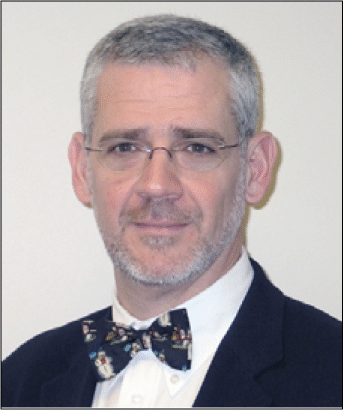|
Montaner's early research focused on the respiratory complications of AIDS and later shifted towards antiretroviral therapy for HIV infection. In the mid 1990s, he championed the use of highly active antiretroviral therapy (HAART), turning it into a standard of care for AIDS patients. Another of Montaner's contributions has been setting up HIV/AIDS treatment cohorts and showing their role in developing evidence of clinical outcomes. “Cohorts have impacted the field by indicating safe ranges to start treatment, effects of adherence (especially in drug users), differences in ART regimens, and the outcomes associated with the standard of physician experience, among other things”, says David Cooper, Director of the Australian National Centre in HIV Epidemiology and Clinical Research at the University of New South Wales, Sydney. “I think many groups, including ours, have embraced the cohorts idea.” Montaner's foray into AIDS research began with his move to Vancouver in an attempt to professionally distance himself from his father. When his father became dean of one medical school in Buenos Aires, Montaner chose another. And when James C Hogg, director of the Pulmonary Research Laboratory at St Paul's Hospital, University of British Columbia, in Vancouver, invited him to work in Canada, Montaner accepted. “No one had yet heard of HIV when Montaner came to join me. We were a pulmonary research lab, and we were working on acute lung injury”, says Hogg. Montaner started working in respiratory medicine at St Paul's Hospital in 1981 and had become chief resident by 1987. “I stayed with Hogg for 2 years and was planning to move on, eventually back to Argentina”, he says. But when he met his future wife Dorothee, an X-ray technician at the hospital, and now the mother of their four children, he found a reason to extend his stay in Canada. In retrospect, he says, she helped him realise he wasn't meant to return home. After working with Hogg, he accepted an invitation by John Ruedy, then head of the department of medicine at St Paul's Hospital, the University of British Columbia, to run a new AIDS research programme, and Montaner made up the entire department. “It was the only time that staff did everything I asked—there were no dissenters”, he teases. “My move to HIV was a sequence of unplanned steps. In the early 1980s, I was completing my pulmonary training, seeing patients with AIDS-related Pneumocystis carinii pneumonia (PCP).” PCP was the most frequent life-threatening complication of HIV infection at the time. Montaner tried using anti-inflammatory drugs as adjunctive therapy for these patients. “It seemed counterintuitive to use corticosteroids in immune deficient patients, but it was as much a matter of immune dysregulation as suppression”, he explains. His work helped lead to a consensus statement issued by a US expert panel in 1990 recommending the use of corticosteroids for HIV-infected patients with PCP, which represents the basis of current treatment guidelines. “During all the PCP work, I had an opportunity to test AZT monotherapy for HIV”, he recalls. Then, with his colleagues at the centre, he tried treating patients with two and then three drugs. “The day we recognised that triple therapy could suppress viral load was one of the happiest days of my life”, says Montaner. And it happened by chance too. “If anyone said that we knew what we were doing, it would have been a lie.” The first clue that combination therapy was working in suppressing viral load was when a virologist complained to Montaner that he was having trouble culturing the virus from treated patients. “75% of our patients had an undetectable viral load”, says Montaner. More recently, Montaner has focused the centre's efforts on other emerging treatment issues, such as HAART toxicity, multidrug resistance, and adherence. Topping his agenda as president-elect of the IAS, he is also focused on the global expansion of antiretroviral-therapy programmes and the effect that this could have on the global spread of HIV/AIDS. When it comes to the debate over dual versus triple drug therapy in developing countries, he asserts: “We should aim for the best treatment for all, and anything less than a triple fixed dose combination regimen is unacceptable. Inferior therapy accelerates time to viral replication and compromises long-term outcomes. We cannot put lives in danger in the South because we don't like the price. The goal should be to find the resources to do what is right.” Montaner is adamant that “HAART can help to change the course of the epidemic but we need to massively expand its use to have a significant impact. We have the tools to dramatically alter the course of the epidemic. We need global action, and we need it now.” The Lancet 2006; 368:1863 |
